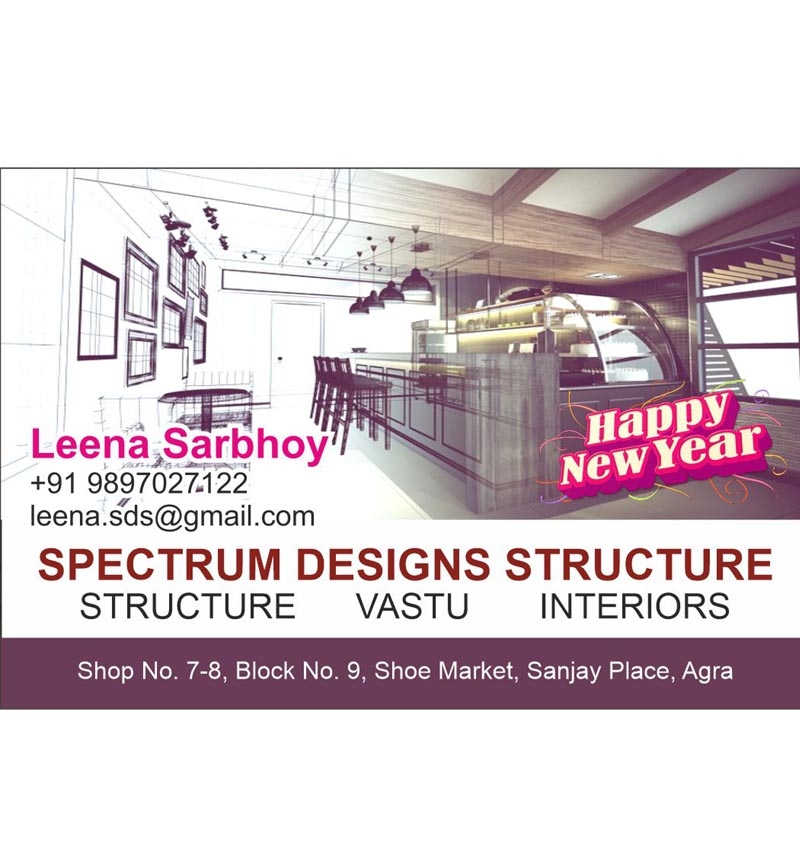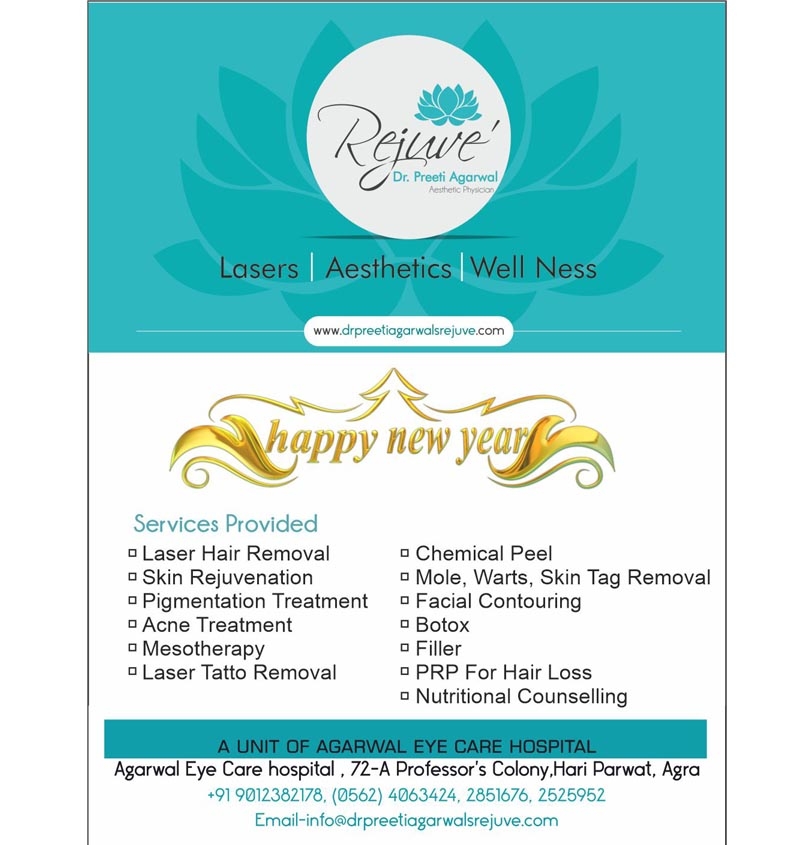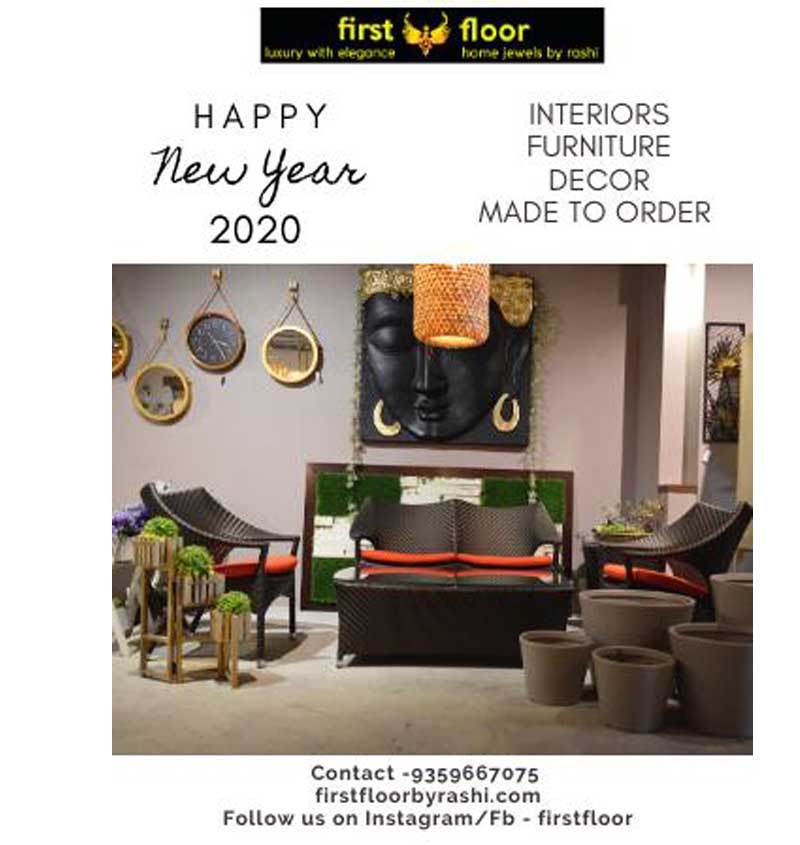What Are AR and VR in Interior Design?
-
Augmented Reality (AR) overlays digital information—like furniture, color schemes, or layout changes—onto the real-world environment through a device like a smartphone or tablet. Think of it as seeing potential design options layered into your actual living room.
-
Virtual Reality (VR) creates a fully immersive 3D environment that users can explore through VR headsets. With VR, you can virtually walk through a room that doesn’t yet exist, experiencing every design choice in full scale.
Both technologies empower users to make informed decisions before construction, renovation, or purchasing begins.
Benefits of AR and VR in Interior Planning
1. Enhanced Visualization
Gone are the days of relying solely on mood boards and flat 2D renderings. AR and VR let clients:
-
See furniture and decor in real dimensions.
-
Walk through different room layouts and lighting scenarios.
-
Understand scale, proportion, and spatial flow intuitively.
2. Fewer Mistakes, Better Decisions
Trying before buying is a game changer:
-
Clients can visualize how a sofa or wall color fits in real time with AR.
-
VR walkthroughs reveal design flaws or impractical layouts early in the process.
-
It significantly reduces costly revisions during implementation.
3. Improved Collaboration
Design is a dialogue. With AR/VR tools:
-
Clients and designers can explore and tweak designs together in real time.
-
Remote teams (architects, builders, decorators) can collaborate more efficiently with shared virtual models.
-
Feedback is clearer when everyone sees the same immersive space.
4. Increased Engagement and Client Satisfaction
Using immersive tech isn’t just practical—it’s impressive. Clients often feel:
-
More engaged in the design process.
-
More confident in decisions.
-
More connected to the end result, having "experienced" it ahead of time.
How Designers and Firms Are Using AR/VR
1. Virtual Showrooms
Retailers and interior designers use VR to create 360-degree showroom experiences, allowing clients to view furniture or decor collections in a virtual setting—without ever visiting a physical store.
2. AR-Based Room Planning
Apps like IKEA Place, Houzz, and Magicplan let users drop virtual furniture into their real-world spaces through their phones, helping them plan layouts and styles instantly.
3. Full-Service VR Presentations
High-end design firms use custom VR experiences to present proposed interiors, complete with realistic lighting, textures, and even virtual staging. Clients can walk through their future kitchen or office before a single wall is built.
Tools and Platforms Leading the Way
-
SketchUp + VR plugins: Popular for architectural and interior planning, with easy VR export.
-
Enscape and Twinmotion: Offer real-time VR rendering from CAD models.
-
IKEA Place: Lets customers preview products in their home using AR.
-
Planner 5D and Roomstyler: Allow users to build rooms in 3D with AR/VR compatibility.
Challenges to Consider
While the potential is vast, AR and VR still face some hurdles:
-
Cost of VR headsets and equipment can be high, although prices are falling.
-
Learning curves exist for some platforms, requiring training or technical support.
-
Hardware limitations on mobile devices can restrict AR detail or performance.
However, as technology continues to evolve, these barriers are rapidly diminishing.
The Future of Interior Design Is Immersive
AR and VR aren’t just novel tools—they are becoming essential parts of modern interior planning. As expectations for personalization and precision grow, immersive design technologies empower clients and professionals alike to design with confidence, creativity, and clarity.



















Your Message